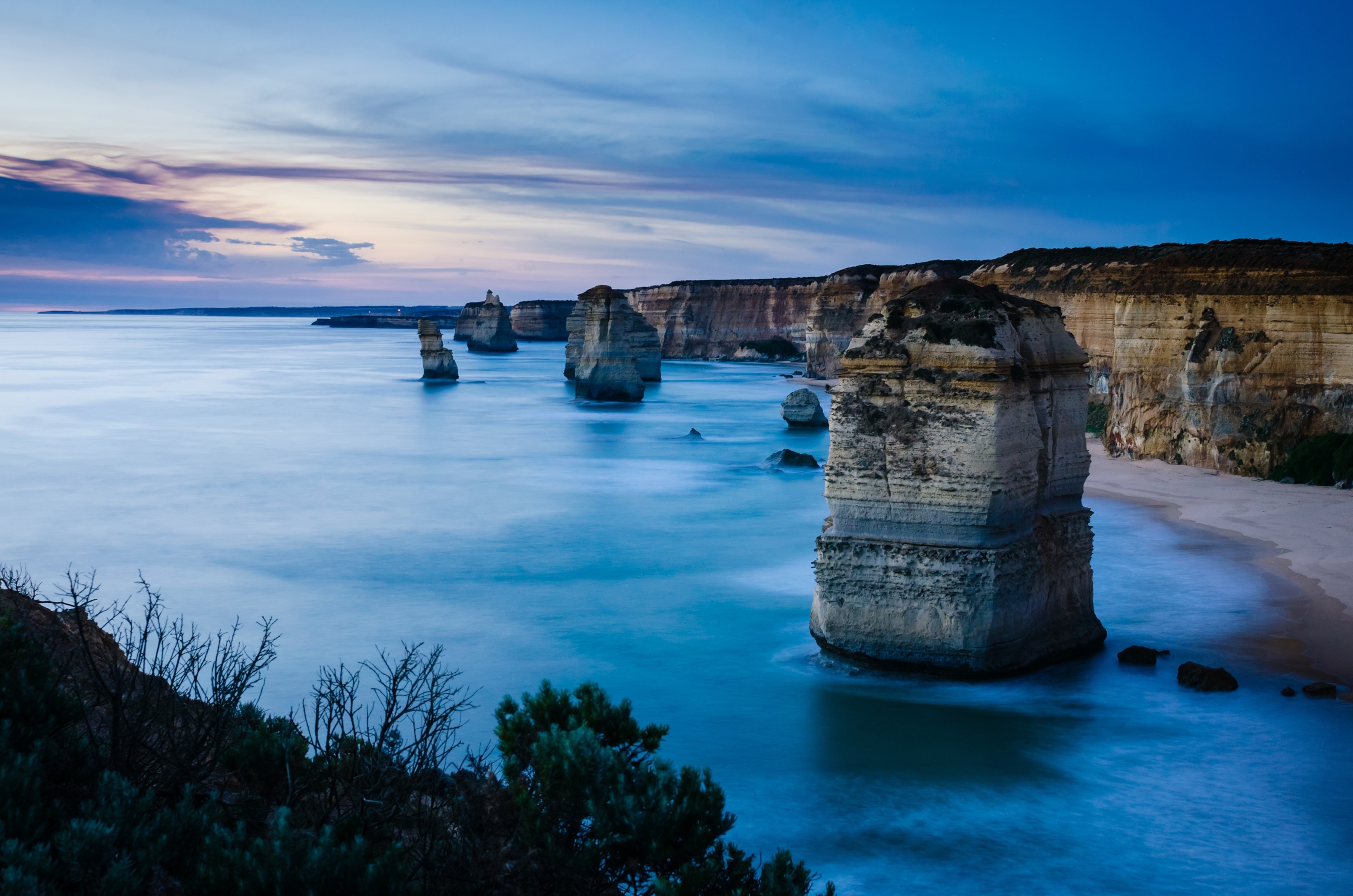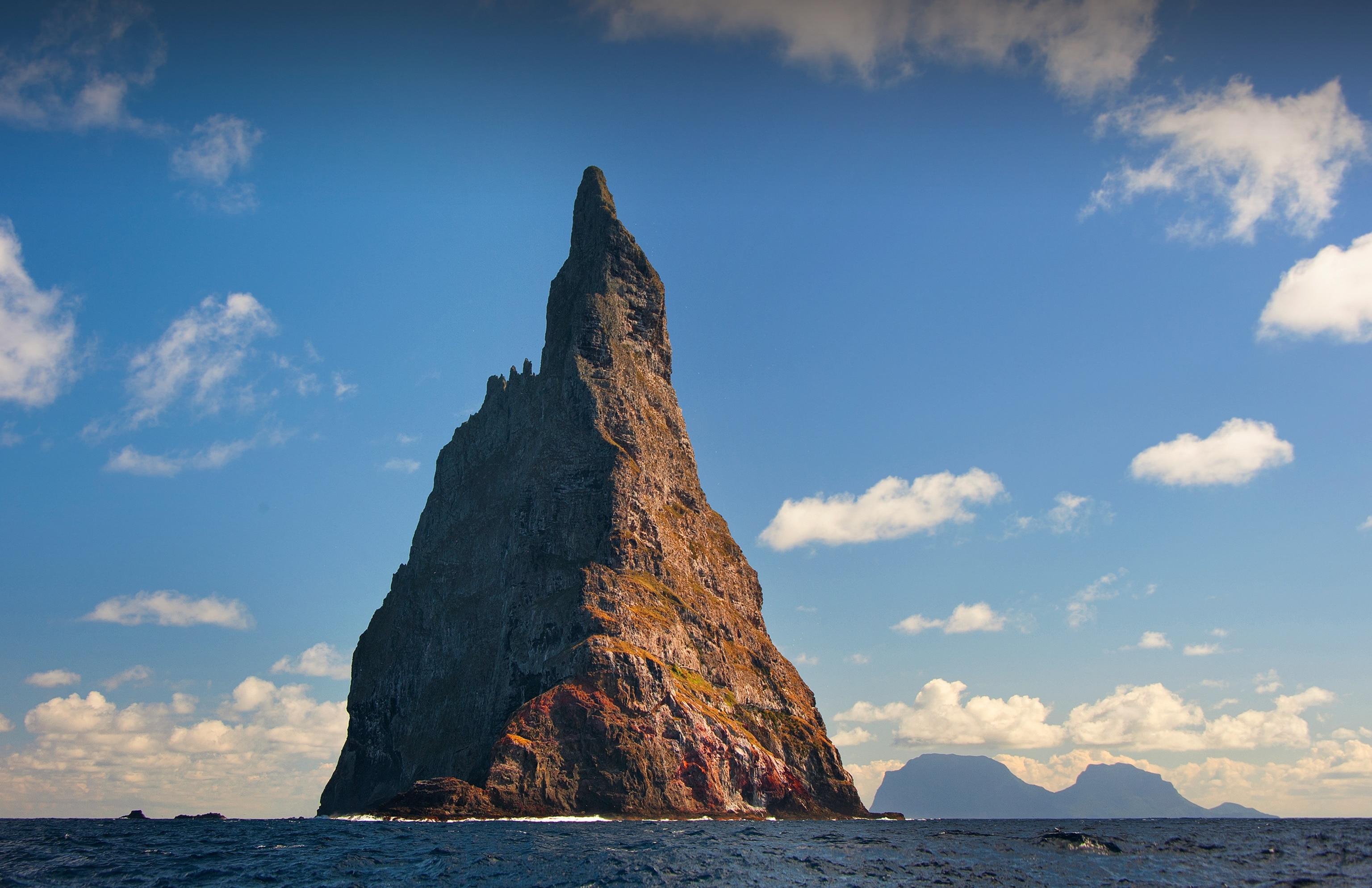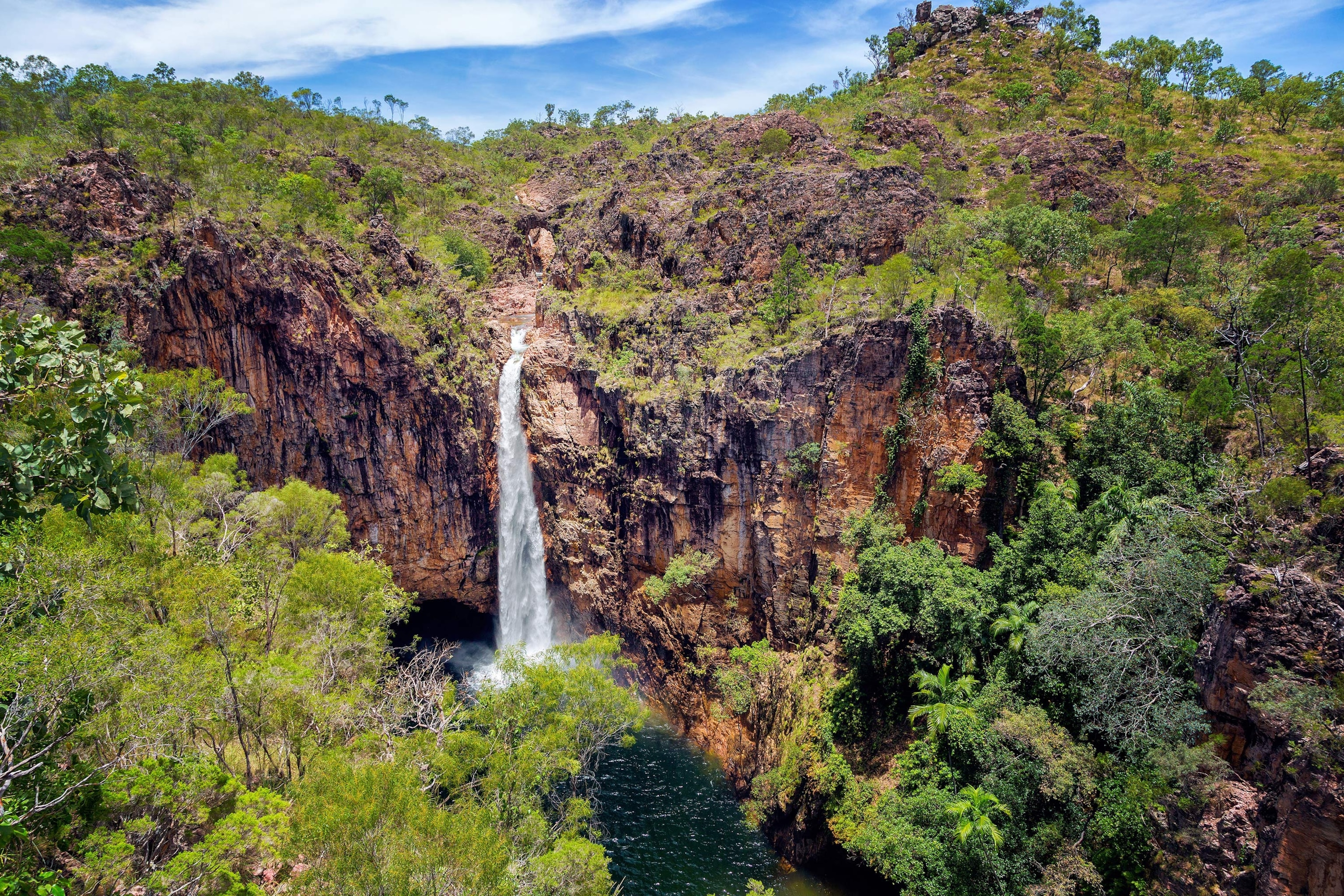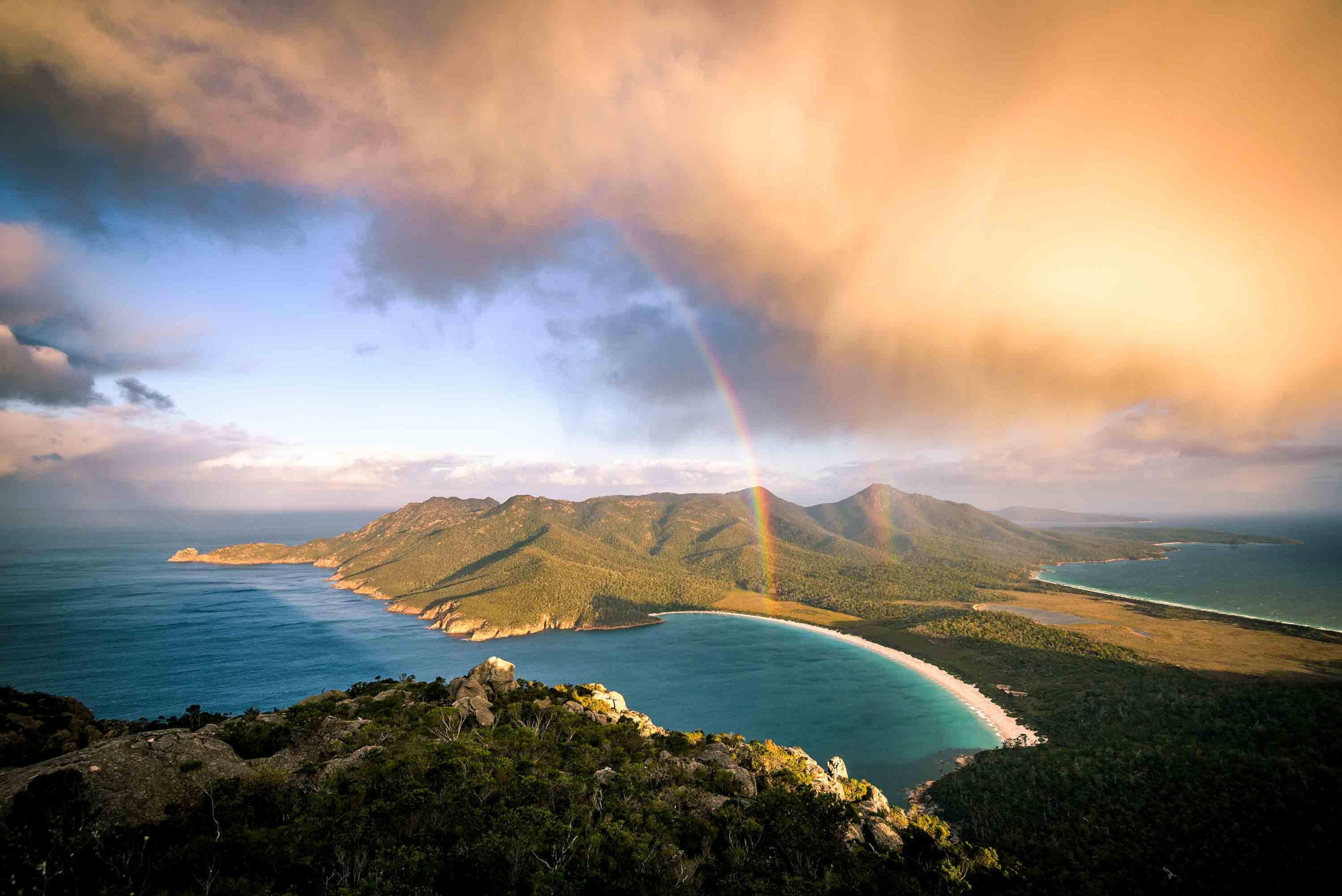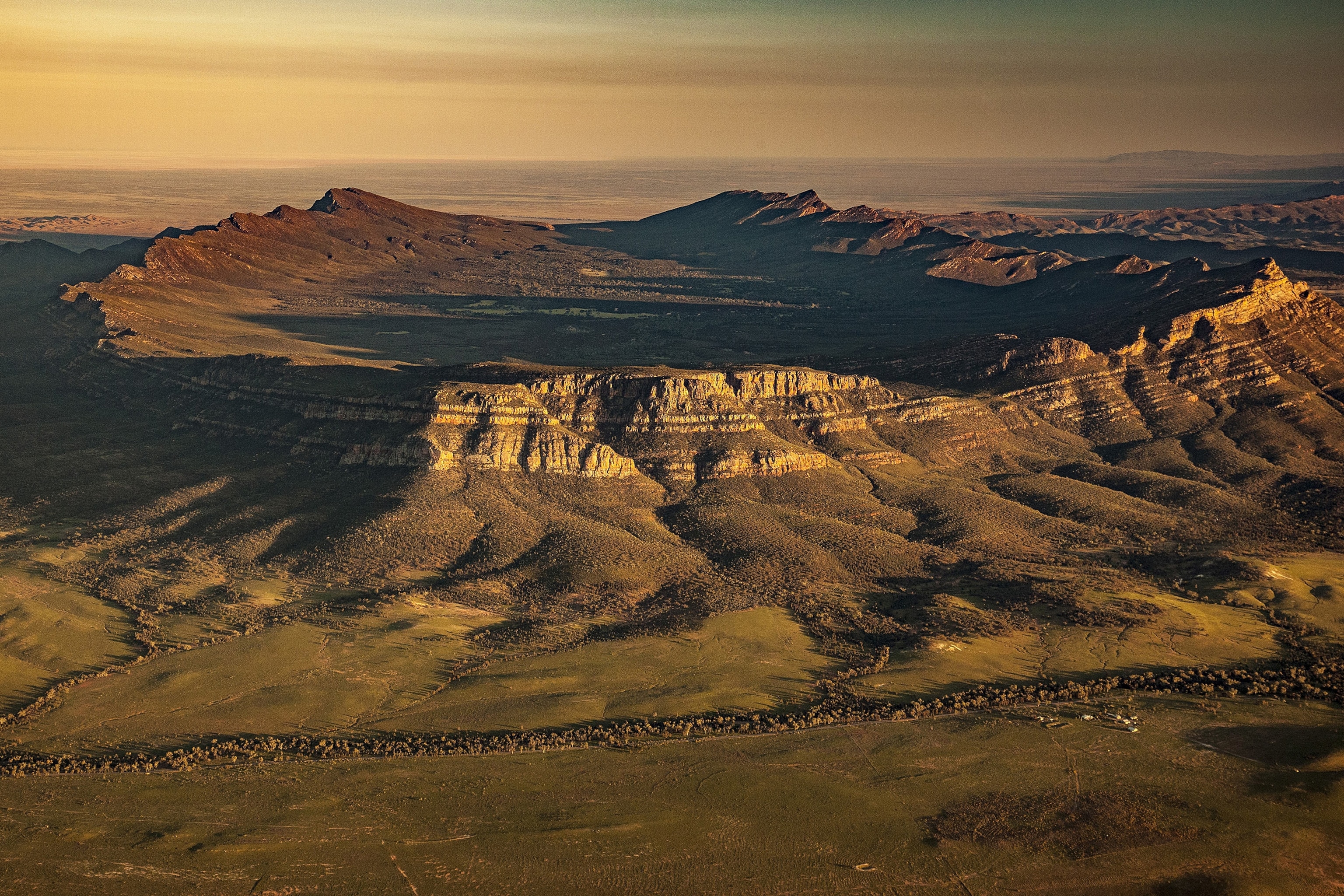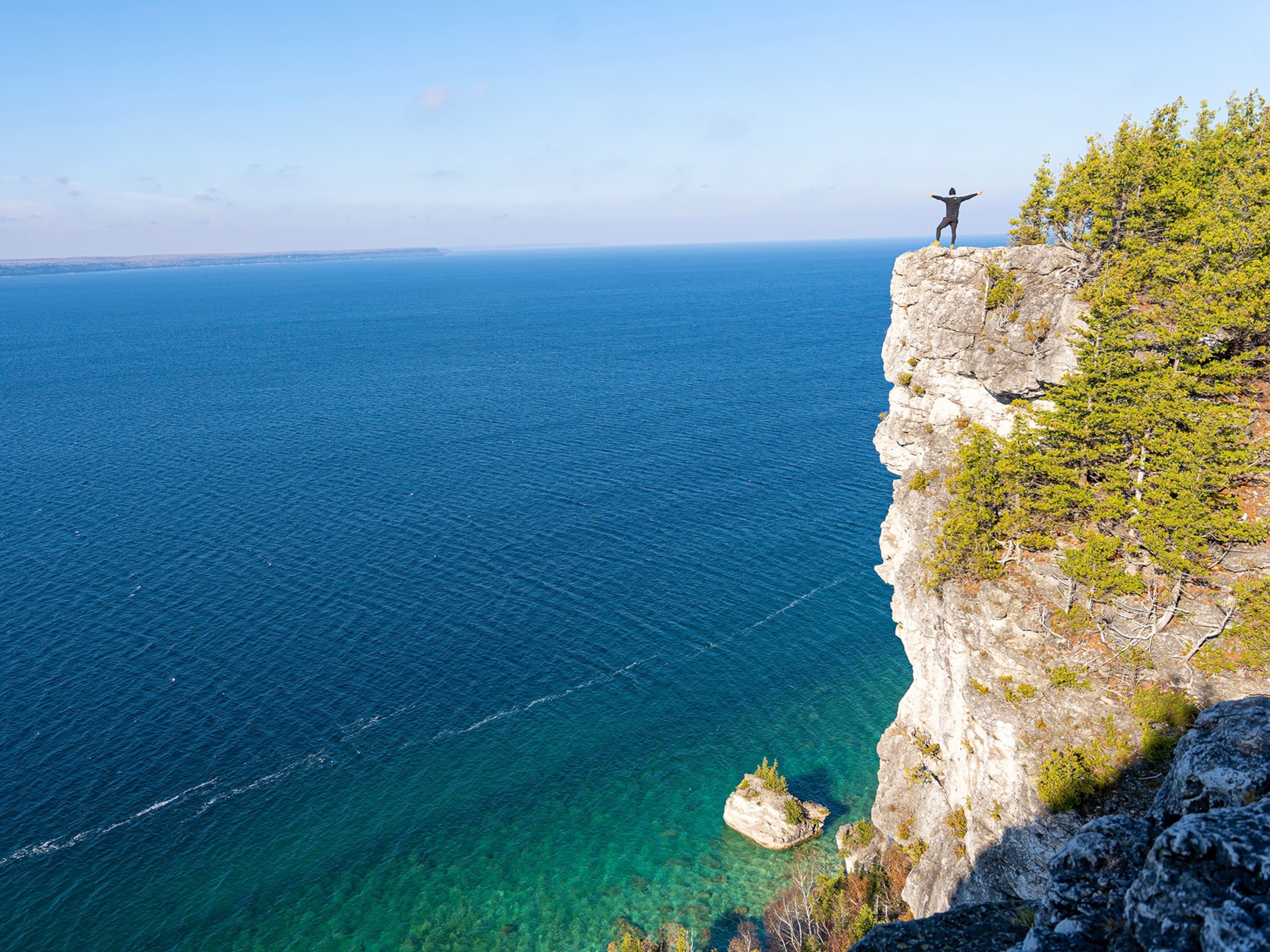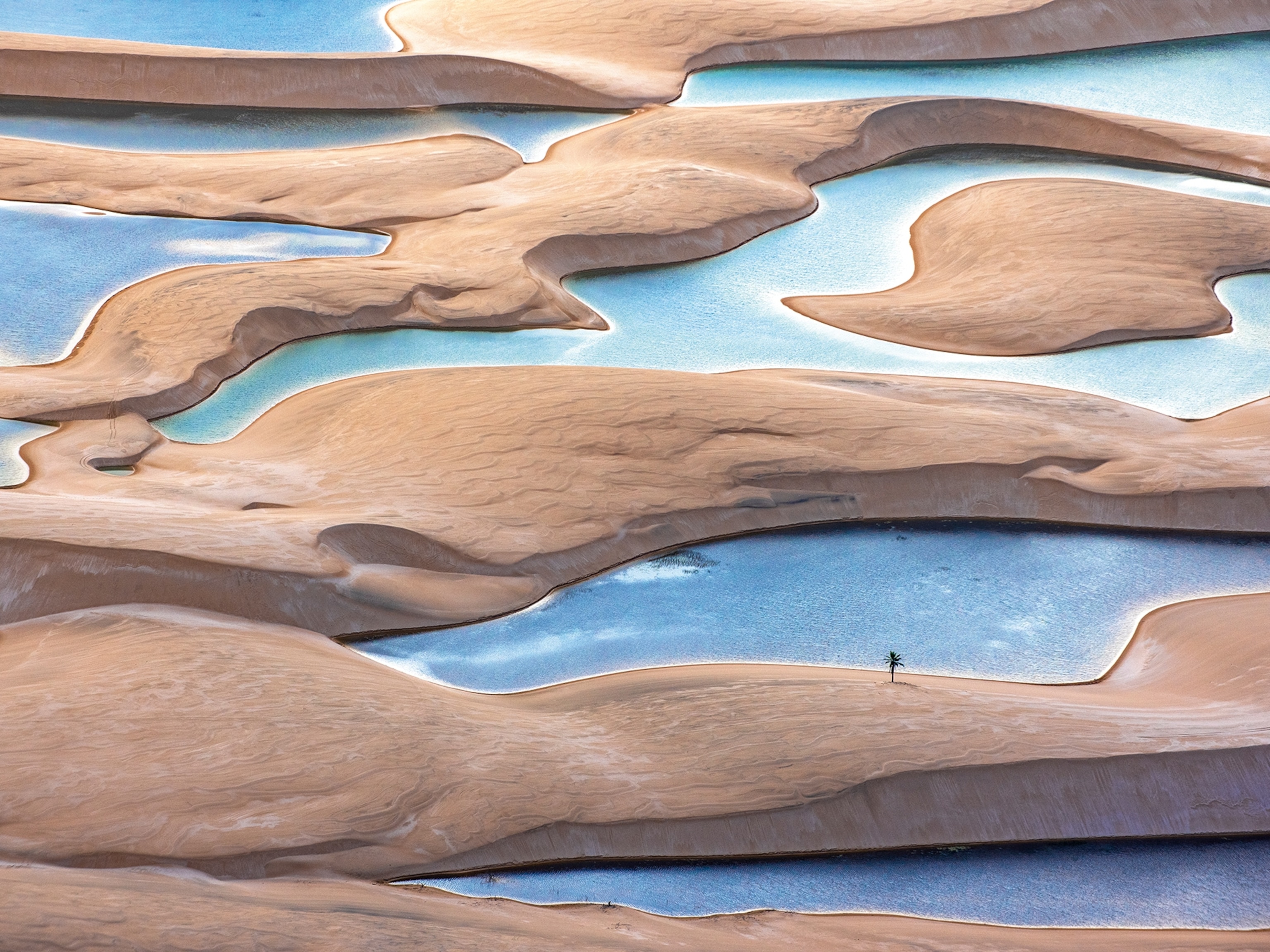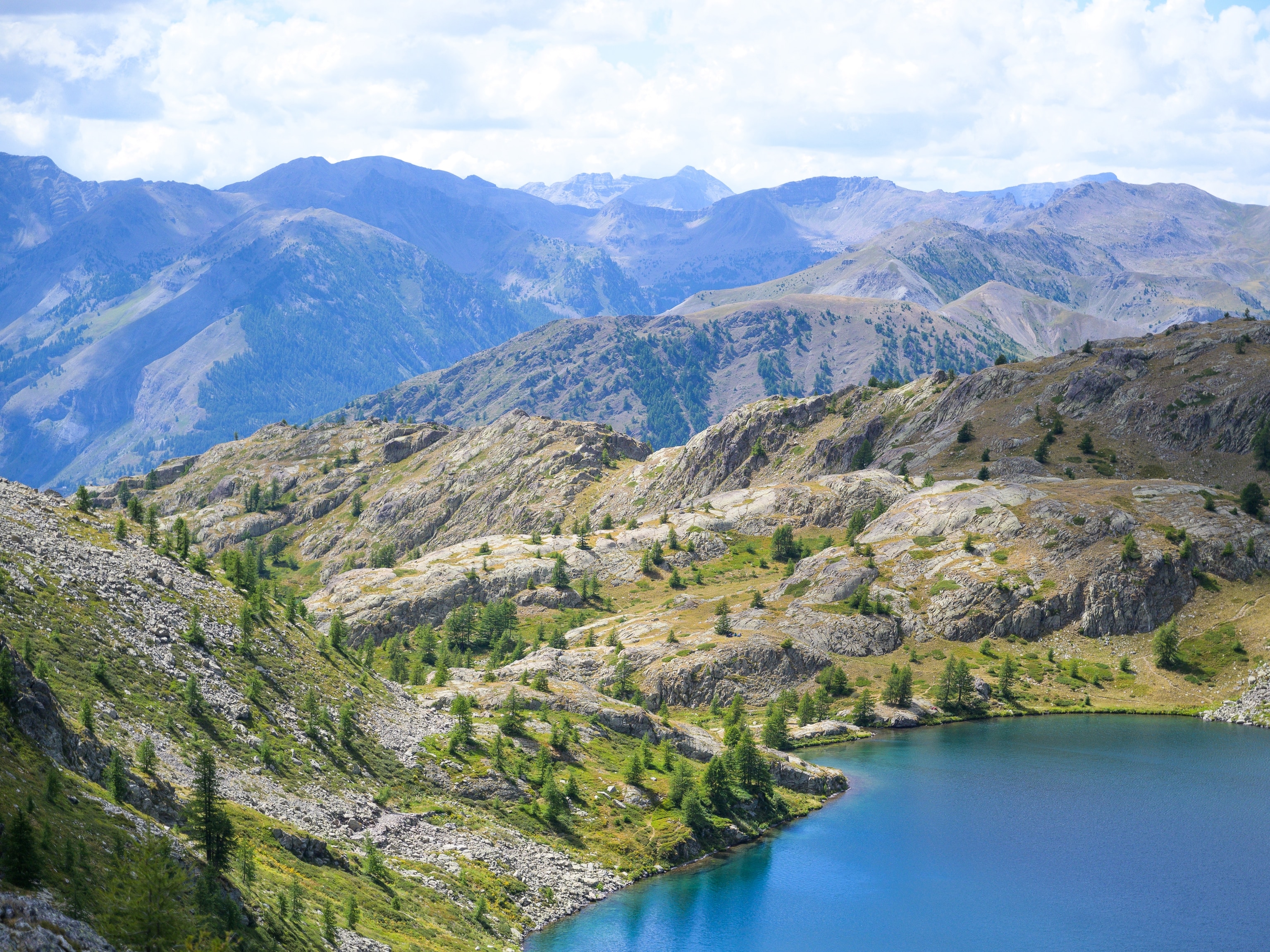Hikers Now Banned From Climbing This Iconic Natural Wonder
The trek up Australia's Ayers Rock will soon be closed—it's not a “playground or theme park,” a leading official says.
Australia’s National Park Board has voted unanimously to close Uluru, or Ayers Rock, to climbers. The majestic red rock is located in Uluru Kata Tjuta National Park, a UNESCO World Heritage Site, in Australia’s Northern Territory. It is considered sacred by the region’s indigenous Anangu people.
The ban will officially be recognized on Oct. 26, 2019—nearly two years from now. The date itself also holds significance, as the 34th anniversary of the government restoring ownership of Uluru to the Anangu people.
The decision to ban climbing has been long expected, after locals have been asking that visitors refrain from the activity for decades. A sign at the base of the rock politely reads: “Please don’t climb.” The custodians of the land, the Anangu people, have long worried that frequent climbing will damage the rock. (See a dazzling light display illuminate Uluru.)
“It is an extremely important place, not a playground or theme park like Disneyland,” says board chairman Sammy Wilson.
Under the terms of the Uluru-Kata Tjuta National Park Management Plan of 2010-2020, the climb was supposed to close permanently when less than 20 percent of visitors climb the rock, or when the board decides that there are enough alternative attractions to keep visitors coming. (Travel to Australia with National Geographic.)
Stunning Photos of Natural Wonders in Australia
The proportion of visitors who have made the climb up 1,141-foot-tall Ayers Rock has dwindled over the last several years—down to less than 17 percent since 2011. More than 250,000 people visit the park each year though, making the number of climbers per year more than 40,000. This is a significant drop in numbers, from around 38 percent in 2010 and a whopping 74 percent in the 1990s.
According to Parks Australia, archaeological evidence shows Aboriginal people have lived in Central Australia for at least 30,000 years. It wasn’t until the 1870s when Caucasian settler William Gosse named the rock after Henry Ayers, the then-South Australia Chief Secretary. The rock is still also known by its Aboriginal name of Uluru.
- National Geographic Expeditions
Besides the cultural significance of Uluru, for some, climbing the rock has proven to be fatal. “Too many people have died while attempting to climb Uluru,” reads a message from its traditional owners on the Parks Australia website. “Many others have been injured while climbing. We feel great sadness when a person dies or is hurt on our land.” Since the 1950s, at least 35 people have died making the trek.
Those who oppose the decision include the Northern Territory’s chief minister, Adam Giles, who once dismissed the idea of a ban as “ludicrous.” Giles, who supported exploring the idea of creating a climb with stringent safety conditions and rules enforcing spiritual respect,” insisted that allowing visitors to climb would bring “significant economic benefit” to indigenous locals.
Tourism Central Australia, which has stated that they support the decision made by the board, has also pointed out that the public are still able to access much of the National Park site respectfully. Activities that visitors can still participate in include hiking or biking around the rock, hovering above it in a helicopter, or riding through the park on camel back. Visitors can also learn about the local indigenous culture and view art at the Uluru-Kata National Park’s Cultural Centre. (See photos of extraordinary Australian adventures.)

